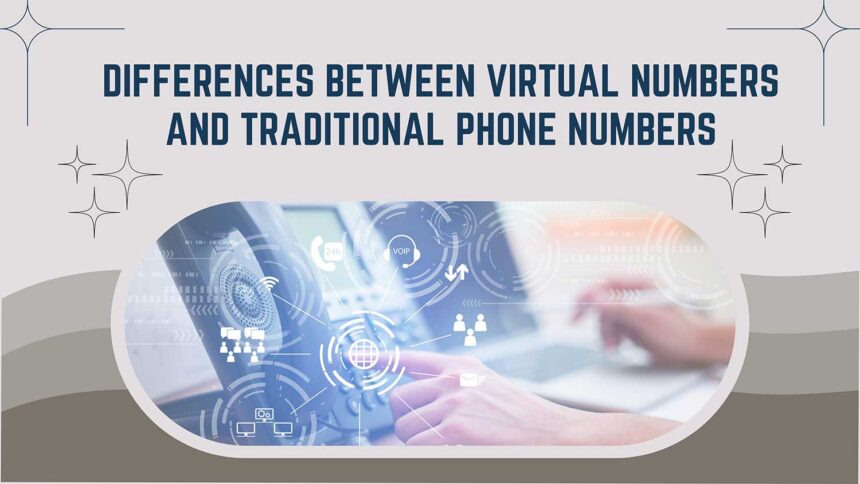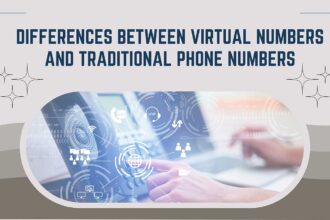Communication on the phone, exchange of messages, SMS verification — all these things have become routine for us. However, where there is a need to cope with specific daily tasks, there are also different possibilities. Therefore, mobile communication replaced the lazy telephone, and now, another opportunity is added to it — virtual telephony. Looking ahead, we can say that virtual telephony is unlikely to replace other methods of communication altogether. However, almost everyone has used a virtual phone number at least once to receive an SMS with a confirmation code when registering on a social network, for example. So, let’s take a closer look at the differences and advantages of virtual telephony.
Key differences
The main difference is that virtual telephony was created for other needs and has a different purpose than mobile communication. A typical number is used for constant everyday personal or business communication. Everyone who has a smartphone has this number.
Virtual telephony originally appeared to meet corporate needs. In particular, many offices had a problem with organizing a conventional telephone line where every client or partner could call. The situation was complicated because when a business expands or changes location, it loses customers. Changing the phone line but keeping the exact number is difficult or impossible. Virtual telephony has saved businesses from such an issue.
Now, they can even have several offices or hire remote workers, and everyone will have the same number, which can be used without unnecessary restrictions or prohibitions.
This is just one example. There are many advantages for businesses when using virtual numbers. In particular, it allows better customer communication, monitors marketing activities’ effectiveness, controls customer support quality, etc.
How did virtual telephony move from the corporate world to ordinary users?
Virtual telephony has created a space to protect one’s privacy, expand opportunities, and save money. Therefore, ordinary users also quickly appreciated the advantages of such a format.
- Geographic flexibility. You can choose a number from one of more than 90 countries and use this number for profitable communication with friends abroad; find a number for yourself when traveling. Such numbers are also used for convenient authorization in regional services. For example, if you want to watch a series on Netflix that is not yet available in your country, you can create a local account with this number and watch the desired content.
Another example targets the business world where, for instance, individuals and businesses seeking virtual telephony solutions in Mexico can benefit from Mexico virtual phone numbers. By acquiring a Mexico virtual phone number, users can establish a local presence in Mexico, enabling cost-effective communication with contacts within the country. These virtual numbers can be used for various purposes, such as connecting with friends or family, conducting business transactions, or accessing region-specific services.
- Lots of functionality. Do you need a number to receive an SMS? You can order one for yourself. Or you can set up incoming call forwarding to any device or number, listen to recorded conversations, and more.
- Convenient pricing. You pay only for the services you use. Suppose you only need a number to receive text messages. In that case, you can pay only for that, not for all the possible services available for a particular phone number, as is usually the case with regular mobile numbers.
- Simplicity and ease of use. Setting up a virtual number can take less time and effort than a regular phone number. You don’t need a physical SIM card. It is enough to create a profile on the service website where you order the virtual telephone service.
The sum of all these features became a prerequisite for the popularity of virtual telephony, not only for businesses but also among ordinary users.
Wrapping up
Virtual and traditional phone numbers are used for communication, but there are some critical differences between them. Virtual numbers are not tied to a physical phone line or device and can belong to anyone, including individuals or companies. Also, traditional phone numbers are usually associated with a specific geographic location, while virtual numbers can be related to any location.
Virtual numbers offer more flexibility and functionality at a lower service cost. It makes VoIP numbers an attractive option for companies and individuals who need effective communication.









